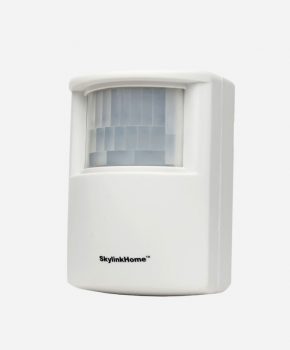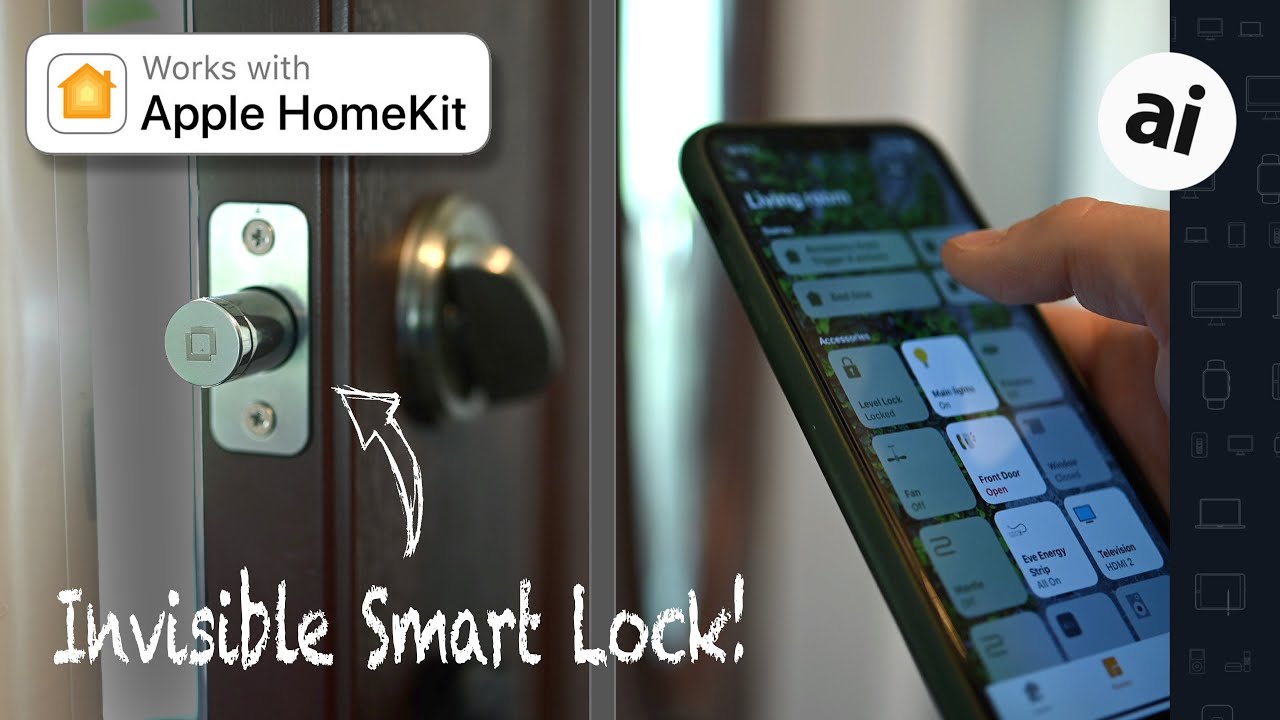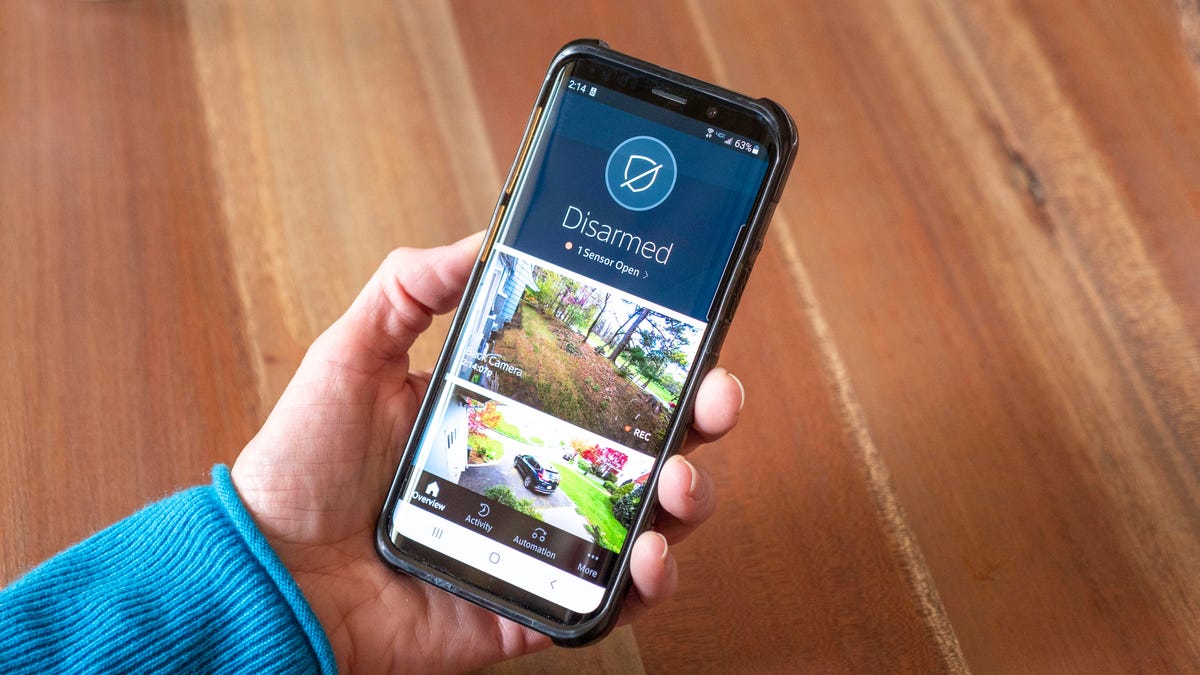
Smart home systems do much more than play music or tell you the forecast. They can also control your lighting, heating system, and even your security cameras. It's also a good way to make your house more energy efficient and easier to live in.
The best smart home systems don't just let you control your devices - they also allow you to automate routines and actions, like sending alerts to your smartphone when someone opens the front door or raising the heating temperature in time for your arrival at work. With the right smart home devices, and a few basic automation rules it's possible. But setting up these systems can be a little difficult.
Selecting the best system for your requirements
First, you need to decide what devices will be used in your smart house and how complicated you would like them to look. If you're just starting out, you may want something simple that you can plug in to get things working. If you are more advanced, however, then you may want a simpler system, which allows you create your own automations or 'Applets (triggers and action)' using a scripted interface, such as IFTTT.

Alarm systems compatible with Z Wave
A z-wave compatible smart home system will let you link together all of your Z-wave connected devices into a giant mesh network that can be controlled from an app or a hub. This simplifies the process and means that you don't need to worry if you need to upgrade your kit or find a techie.
Z Wave Security Systems
It's a wise investment to invest in a smart home system, whether your goal is to protect or monitor your home while you are away. They're easy to install, come with a touchscreen controller and offer plenty of customizations.
The cameras can be used to monitor your children or pets when you are not home. Vivint is a system that uses high-quality hardware, and provides a variety of features for you to stay in contact while you are away.
The best z wave smart home systems are a great option for those looking to save money on their energy bills while still being able to enjoy a fully automated and intelligently-controlled house. These systems will reduce your energy bills and improve your life by allowing you to control your smart home devices via voice commands or an app.

SimpliSafe was one of the original smart home security systems and has remained a top choice since its debut in 2006. Its 9 piece starter kit includes everything you need to setup a smart home.
Secure z wave
If you're serious with your smart home you will need encryption on all of your devices and data. This is a standard feature of the best smart home alarm systems. You will often find a sticker on their box that confirms this.
FAQ
Which home security company is best?
ADT is the best home security monitoring company. They offer 24/7 monitoring service at affordable price. Their customer support team can be reached at any time of the day. They will respond to your queries within minutes.
ADT also has an app for iOS and Android. You can now check the status of your home from anywhere, at any time.
What is the number 1 home security system?
The number one home security system is the Ring Video Doorbell Pro. You can use your smartphone to talk to and see any person at any time, from anywhere. You can also capture video and send it to family and friends by text message or email.
What is the best home surveillance system?
If you want to protect your family from intruders, then you should consider buying a home security system with cameras. These systems are easy to use and they provide great benefits for both homeowners and renters. You can also remotely monitor your property from your smartphone, tablet, computer or any other mobile device.
Can ADT ever be hacked
ADT security system is one of the oldest home alarm systems available today. ADT Home Security System continues to be considered the safest option by many customers. They trust its reputation as a reliable company committed to protecting their homes from fires and burglary.
As with all things, hackers can compromise even the most trusted organizations. Hackers have the ability to hack into networks and steal sensitive data at any time. Hackers can gain access to all data on your network and the ability to modify important settings. A hacker can delete files, modify passwords or shut down an entire computer system. It's important to understand that just because you cannot see something, doesn't mean hackers aren't trying to get into your house. You need to arm yourself with information on how to keep your systems protected.
Statistics
- That's probably why Cove has a whopping 98%* customer retention rate. (safewise.com)
- Related questionsHome security systems that are 100% DIY (safewise.com)
- (In my experience, the discount on my home insurance covered about 25 percent of the subscription of an average plan, but your mileage may vary depending on your location and the size of your home.) (theverge.com)
- Most home security companies will charge you around 75% of the remaining term of your contract if you cancel early—and some require 100%.Related questionsWhat type of contract length can I expect from security providers?Home security system cancellation (safewise.com)
External Links
How To
How to Install a Home Security System
A home security system is a device that monitors your property and alerts you if there's any activity. It could be motion sensors, doorbell cameras, smoke detectors or burglar alarms. A home security system typically includes one or more sensors, such as motion detectors. These sensors send signals when they sense movement or sound. The signals are then sent to a control panel where they're monitored and recorded. A control panel will alert your phone, tablet or computer if something is wrong. You will be notified immediately and you can take immediate action.
First, you must choose the right type sensors for your home to install a home security system. There are two main types: passive and active sensors. Passive sensors don’t need batteries. Instead, they simply pick up sounds or vibrations from the environment. They include doorbells, sirens and buzzers. Active sensors transmit data by using electricity. This type of sensor can be found in cameras and motion sensors.
There are many options for sensors. Each brand has its pros and cons. For instance, some sensors can be weatherproof while others don't. Some sensors have built-in speakers, so they can be heard even when you're not outside. Others are only for use inside. Some are basic while others offer advanced features, such as night vision.
After selecting the right sensors for your property and deciding on a manufacturer, you will want to make a selection. This will help ensure that your sensors work well together. The hardware store should offer many choices.
After you have chosen a brand, you will need to decide how many sensors you wish to purchase. Depending on whether someone lives alone or with their family, most people buy one to two sensors. If you are planning to add sensors later on, you may consider purchasing additional sensors.
Next, you'll need to figure out where you want to place your sensors. Do you want them near windows and doors? Or are you happy to keep them hidden? Make sure you get permission before placing them around your property. Also, make sure they won't interfere with anything else, like electrical outlets.
You now know where to place your sensors. Now you need a way for them to be connected to your control panel. Depending on your setup, you may need to purchase a power adapter or battery pack. Once everything is setup, you will be able to monitor your property.